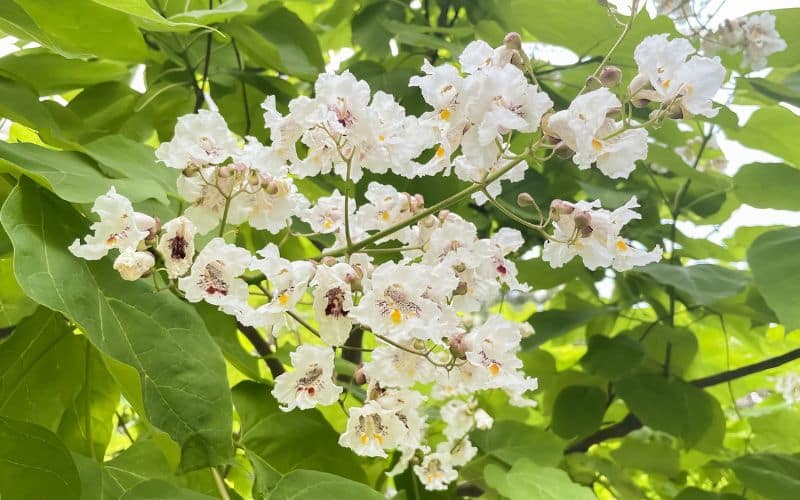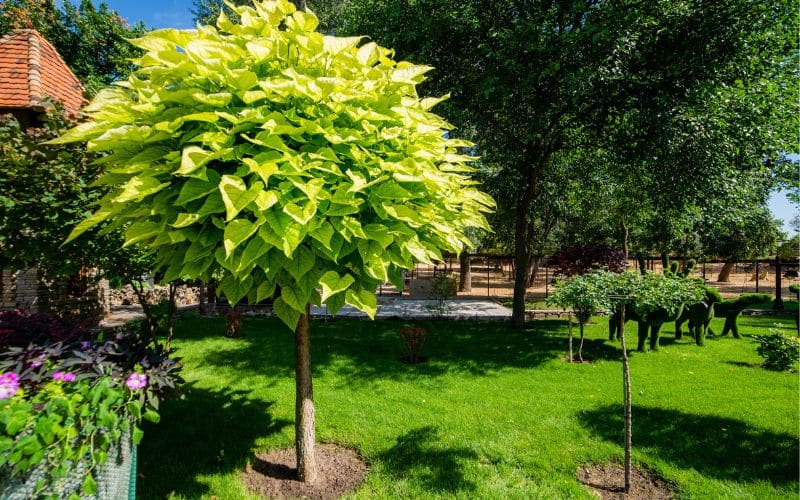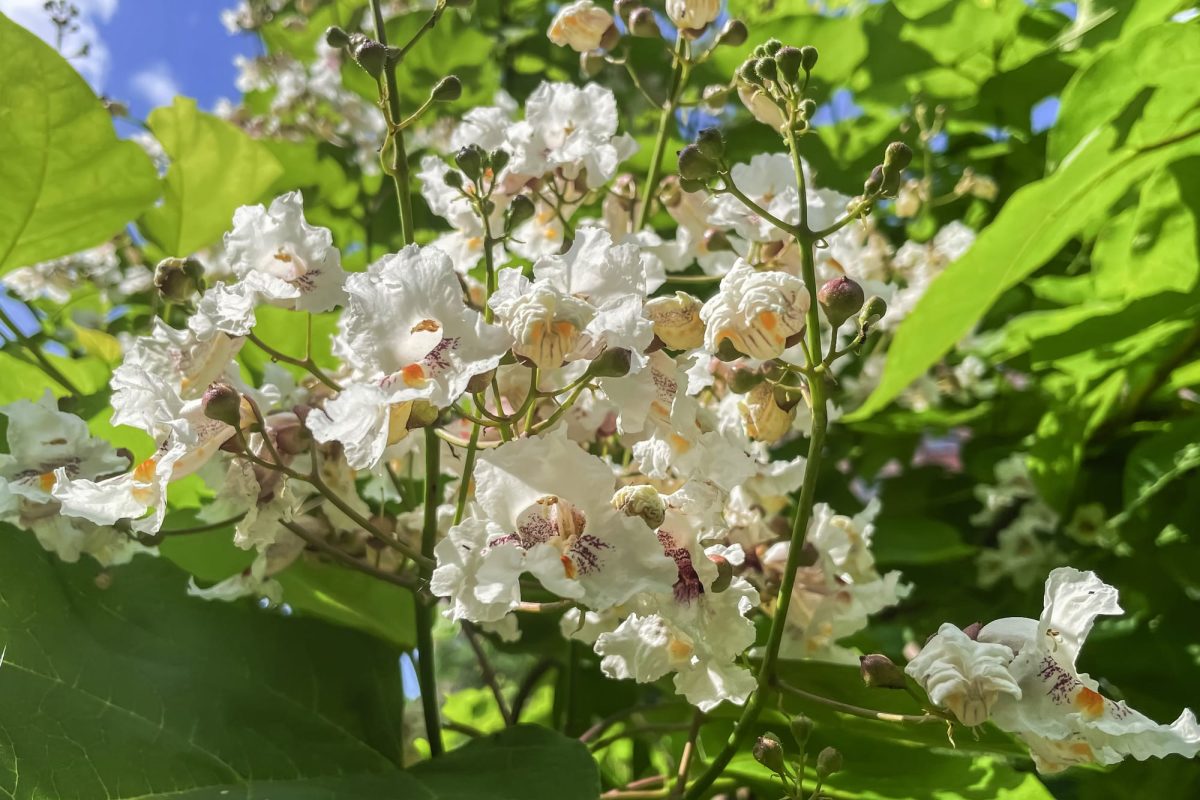
Introduction to the Northern Catalpa Tree in Ontario
The Northern Catalpa tree, known scientifically as Catalpa speciosa, is a striking addition to any Ontario garden. With its heart-shaped leaves, fragrant flowers resembling orchids, and intriguing seed pods, this tree offers both shade and aesthetic appeal. Let’s delve into the world of this North American native species and how you can successfully cultivate it in your Ontario garden.
How to Cultivate a Northern Catalpa Tree in Ontario?
Planting and nurturing a Northern Catalpa tree in Ontario is a fulfilling endeavour. Here’s a step-by-step guide:
Choose the Ideal Location
The Northern Catalpa flourishes in full sun and well-drained soil. Pick a spot in your garden that enjoys abundant sunlight.
Soil Preparation
Incorporate organic matter into your native soil to create a nurturing environment. A high-quality potting mix from a trusted local nursery is also a good option.
Planting Procedure
Dig a hole that is twice the size of the root ball and place the tree inside. Backfill with soil and water generously.
Ongoing Care
Consistent watering and occasional pruning will keep your tree healthy and vibrant.

When Does the Northern Catalpa Bloom in Ontario?
The blooming season of the Northern Catalpa is a much-anticipated event for Ontario garden enthusiasts. The fragrant, orchid-like flowers typically appear in late spring, around late May to early June, and last for several weeks. These blooms are not only visually stunning but also fill the air with a delightful fragrance.
Propagating the Northern Catalpa: A Detailed Guide
The tree’s unique seed pods offer an opportunity for propagation. Collect these pods in the autumn, extract the seeds, and plant them in a potting mix. With adequate water and sunlight, you’ll soon witness a new Northern Catalpa tree sprouting.
Common Pests and Protection Strategies
While generally robust, the Northern Catalpa can be susceptible to certain pests:
Catalpa Sphinx Caterpillar
This caterpillar can defoliate the tree by consuming its leaves. Handpicking or using insecticides can manage the issue.
Aphids
A strong water spray or insecticidal soap can effectively control aphids.
Scale Insects
Horticultural oils or specialized insecticides can manage scale insects.
Verticillium Wilt
This soil-borne fungus can be prevented by planting in well-drained soil and avoiding excessive watering.
Mites
Maintaining a humid environment and regular watering can deter mites. Severe infestations may require miticides.

Sustainable Pest Management for Your Northern Catalpa Tree
When it comes to safeguarding your Northern Catalpa tree from pests, opting for sustainable and eco-friendly solutions can have a lasting positive impact on both the tree and the surrounding environment. Utilizing organic methods not only helps in maintaining the tree’s health but also contributes to the well-being of the local ecosystem in Ontario.
Organic Insecticides
Consider using insecticides derived from natural sources, such as neem oil or pyrethrum, which are effective yet less harmful to beneficial insects and the soil.
Biological Control
Encourage natural predators like ladybugs, lacewings, and birds in your garden. These creatures can help control pest populations naturally, reducing the need for chemical interventions.
Mechanical Methods
Simple mechanical methods like handpicking caterpillars or using water sprays can be effective for minor infestations and are completely chemical-free.
Homemade Solutions
Common household items like garlic, onion, or chili sprays can act as natural repellents for certain pests. However, always test a small area first to ensure it doesn’t harm the tree.
Integrated Pest Management (IPM)
Adopt an Integrated Pest Management approach that combines various organic methods and regular monitoring. This strategy aims to manage pests in a way that minimizes harm to the environment.

Finding the Right Garden Centre in Ontario
Ontario boasts several garden centres specializing in native species like the Northern Catalpa. Seek expert advice to choose the perfect tree for your garden.
Conclusion: Is the Northern Catalpa Right for Your Ontario Garden?
The Northern Catalpa tree is a splendid addition to any Ontario garden, offering shade, beauty, and ecological benefits. Whether you’re a seasoned gardener or a beginner, this native species promises to bring a touch of natural elegance to your outdoor space.








